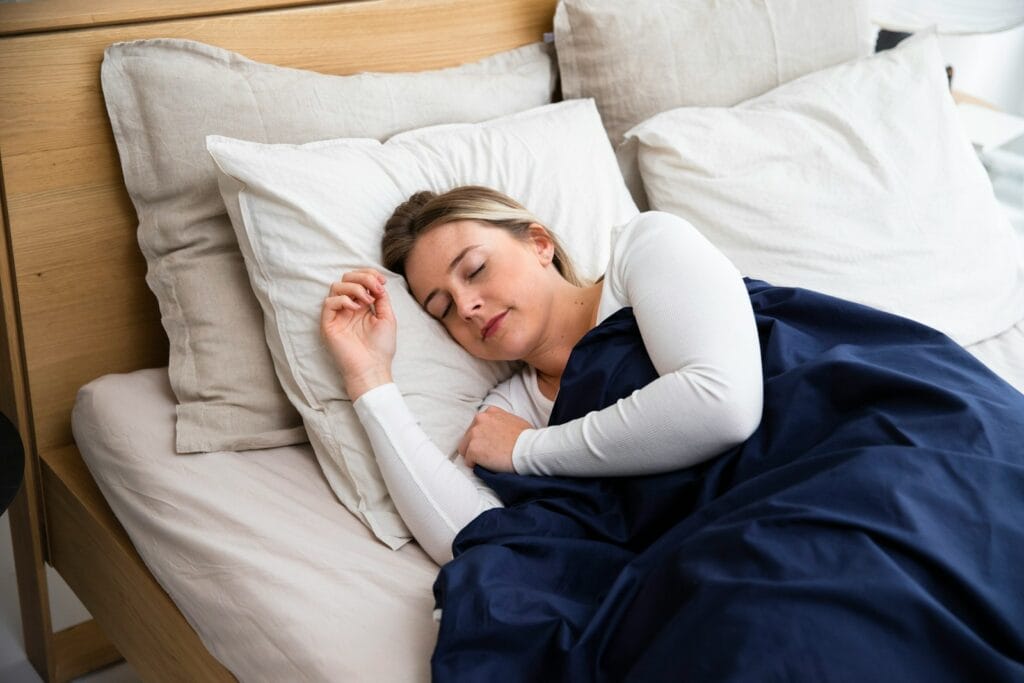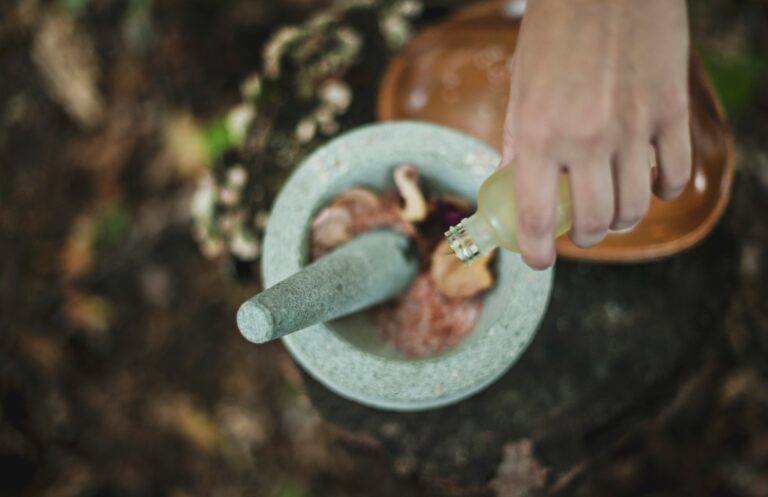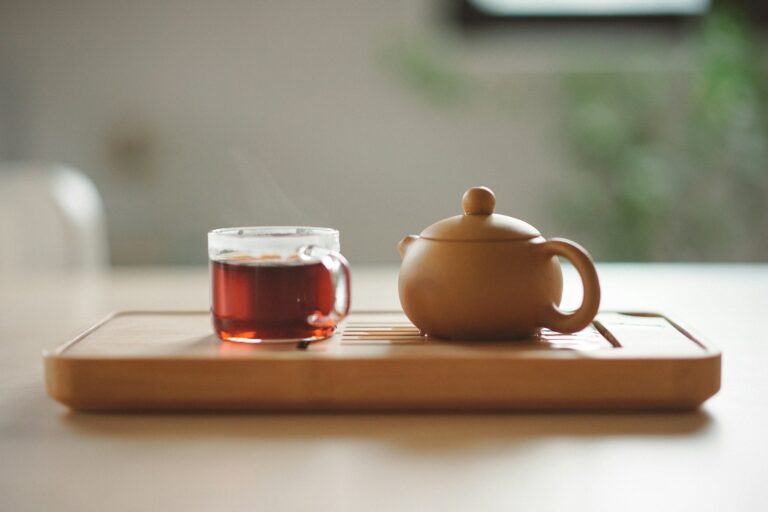Tossing and turning when you just want to sleep? Yeah, it’s the worst. Most folks usually take 15 to 20 minutes to fall asleep on average, but you can actually teach your body to drift off way faster with a few simple tricks.
Falling asleep in under 5 minutes is possible with the right breathing, relaxation, and a sleep-friendly environment. These science-backed strategies help calm your nerves and signal your brain when it’s time to rest.
It’s honestly pretty amazing how much better you feel after a solid night’s sleep. These methods are all about relaxing your mind and body, plus building habits that make falling asleep way easier.
Effective Techniques to Fall Asleep in Less Than 5 Minutes
Science-backed methods work by calming your body’s sleep system. They slow your heart rate, relax your muscles, and let your brain know it’s time to wind down.
Deep Breathing Exercises
Deep breathing taps into your body’s natural rest mode. It can lower stress and slow your heartbeat.
How to do it:
- Lie down and get comfy
- Put a hand on your chest and the other on your belly
- Inhale slowly through your nose for 4 counts
- Hold that breath for 2 counts
- Exhale gently through your mouth for 6 counts
If your belly rises more than your chest, you’re doing it right.
Start with 5-10 breaths. Just focus on counting and the feeling of the air. If your mind drifts, gently bring it back to your breath.
Progressive Muscle Relaxation
Progressive muscle relaxation helps fall asleep fast by getting rid of tension in your body. You tense and then relax muscle groups, one at a time.
Try this:
- Start at your toes
- Tense those muscles for 5 seconds
- Let go and relax for 10 seconds
- Move up to your calves, thighs, and so on
- Work your way through arms, shoulders, and face
Pay attention to how relaxed and heavy your muscles feel after you release. It’s kind of surprising how much tension you hold without noticing.
Go through your whole body, top to bottom. At first, it might take 10-15 minutes, but you’ll get faster with practice.
4-7-8 Breathing Method
The 4-7-8 breathing method is a favorite for falling asleep quickly. It slows down your body and mind.
Here’s how it goes:
- Inhale through your nose for 4 counts
- Hold your breath for 7 counts
- Exhale through your mouth for 8 counts (make a soft whooshing sound)
Repeat this 4 times to start. You can work up to 8 cycles as you get used to it.
The long exhale really helps your body relax. Holding your breath for a bit also helps slow your heart rate.
If you stick with it, you’ll probably notice you’re falling asleep faster in just a few nights.
Optimizing Sleep Environment for Rapid Sleep Onset
Your bedroom setup makes a huge difference when it comes to falling asleep quickly. Blue light and room conditions are especially important. If you get these right, you might go from waiting 20 minutes to being out in under 5.
Managing Blue Light Exposure
Blue light from screens messes with your body’s sleep signals by stopping melatonin production. That’s the hormone that lets your brain know it’s time for bed.
Try to stop using screens 2-3 hours before you want to sleep. This means phones, tablets, computers, and TVs. Blue light basically tricks your brain into thinking it’s still daytime.
If you can’t avoid screens, here are some things to help:
- Use blue light filters like f.lux or Night Shift
- Put on blue light blocking glasses after sunset
- Switch your lamps to amber or red bulbs
- Make your bedroom as dark as possible, or use blackout curtains
Swap screen time for something relaxing. Read a book, stretch a bit, or put on some calming music.
Getting some sun in the morning also helps keep your sleep schedule on track, so you’re more likely to fall asleep fast later.
Ideal Bedroom Temperature and Lighting
Your body cools down before sleep. A cooler room helps this along.
Set your thermostat between 60-67°F (15-19°C). Most people find 65°F is just right for falling asleep quickly.
Keep your bedroom dark. Even tiny bits of light can mess with your sleep hormones:
| Light Source | Solution |
|---|---|
| Street lights | Blackout curtains or eye mask |
| Electronics | Cover LEDs with tape |
| Hallway light | Door draft stopper |
| Early sunrise | Room-darkening shades |
Add a fan or white noise machine. These can help block out little noises that might wake you up.
A cool, dark, quiet room is honestly the best. Your brain and body both get the hint that it’s time to sleep.
Mind and Body Strategies to Fall Asleep Faster
Jotting down your to-do list or even using a little reverse psychology can help you fall asleep in just a few minutes. These tricks quiet your mind and make it easier to let go.
Writing a To-Do List Before Bed
Writing down tomorrow’s tasks clears your mind. Your brain won’t keep running through everything you need to remember.
When to do it:
- 5-10 minutes before bed
- After your bedtime routine
- Before you turn off the lights
Keep a notebook by your bed. Write down anything on your mind—big or small.
What to jot down:
- Work stuff and deadlines
- Errands and appointments
- Calls you need to make
- Things to buy or pick up
Spend just a couple minutes on this. Don’t worry about making it neat. The main thing is getting your thoughts out of your head.
Paradoxical Intention
Paradoxical intention is a fancy way of saying you try to stay awake, instead of trying to sleep. Sounds odd, but it works for a lot of people.
How to do it:
- Lie in bed with your eyes open
- Tell yourself to stay awake as long as you can
- Focus on keeping your eyes open
- Don’t force yourself to fall asleep
This takes the pressure off. When you stop stressing about sleep, your body often relaxes enough to actually do it.
Trying too hard to sleep can make you more awake. This method interrupts that cycle.
Why it helps:
- Less anxiety about falling asleep
- Stops the “trying too hard” loop
- Lets your natural sleep process take over
Give this a shot for 10-15 minutes. If you’re still up, switch to another relaxation technique.
Establishing Healthy Sleep Habits
Sticking to a routine and practicing good sleep hygiene really does make a difference. These habits help your body’s sleep clock work better.
Consistent Sleep Schedule
Your body likes patterns. Going to bed and waking up at the same time every day helps your internal clock.
Try to keep your schedule steady, even on weekends. Pick a bedtime that lets you get 7-8 hours of sleep before you need to wake up.
If you can’t fall asleep after 20 minutes, get out of bed and do something quiet until you feel sleepy. This helps your brain connect your bed with sleep, not frustration.
Sleeping in on weekends can throw you off. Even one late morning can make it harder to fall asleep the next night.
A regular sleep schedule helps your body’s sleep-wake cycle and makes falling asleep faster way more likely.
Improving Sleep Hygiene
Sleep hygiene is all about the habits and environment that help you get better sleep. Honestly, even small tweaks to what you do each night can really change how quickly you drift off.
Try to keep your bedroom cool, dark, and quiet. Most people find somewhere between 60 and 67°F works best. Blackout curtains or an eye mask can help if there’s too much light sneaking in.
Try to avoid screens for an hour or two before bed. The blue light from your phone or computer messes with your body’s sleep signals, which just isn’t helpful when you’re trying to wind down.
Build a bedtime routine that relaxes you, maybe for half an hour or so. Some ideas:
- Take a warm bath
- Read a few pages of a book
- Do some gentle stretching
- Try deep breathing exercises
Cut off caffeine after 2 PM and skip big meals within three hours of sleep. Both can keep you up way later than you’d like.
If you’re curious, these simple sleep hygiene practices can help your body get ready for sleep in a more natural way.




